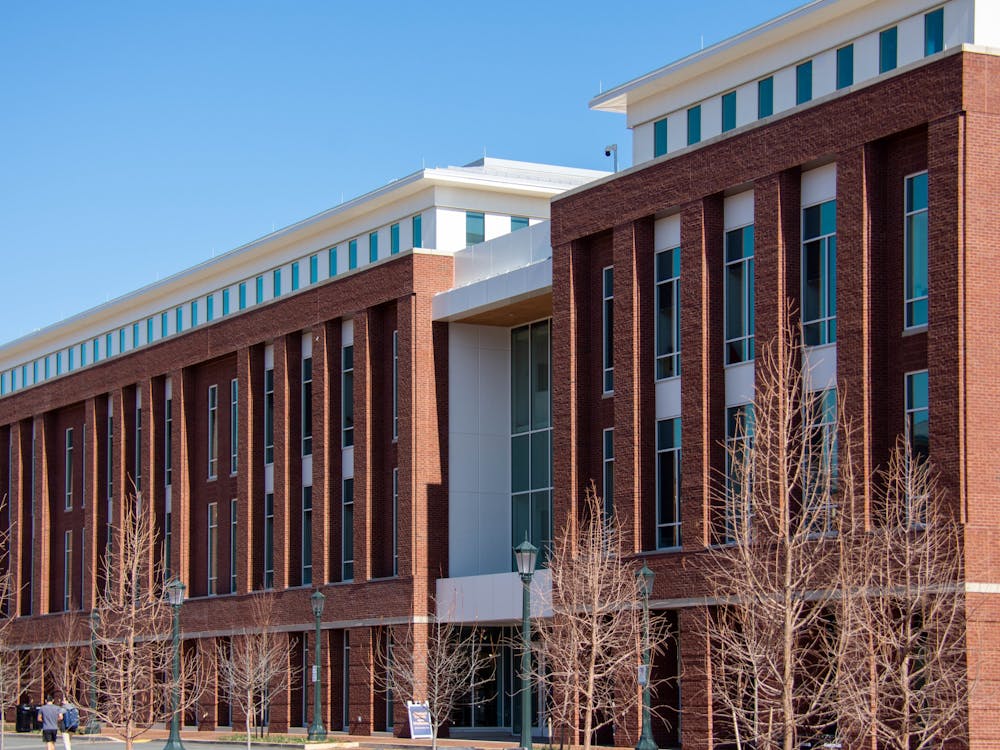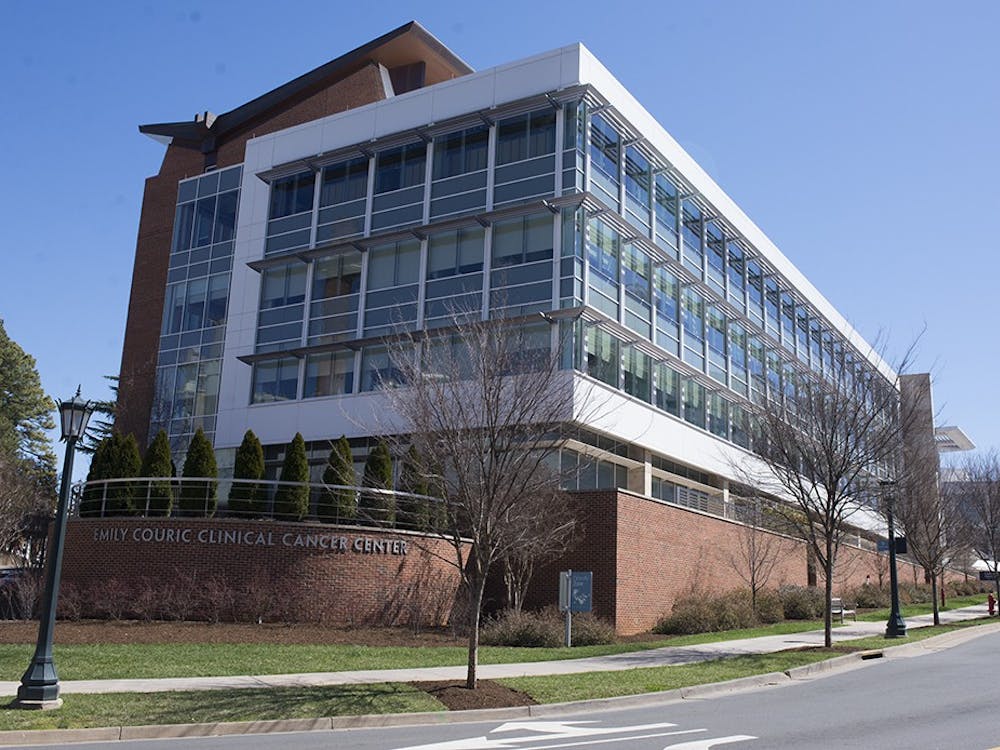Natural disasters have damaged areas across the United States, and even before Hurricane Irene tracked up and reshaped the Atlantic coast, the National Oceanic and Atmospheric Administration found weather-related losses topping $35 billion.
Coastal landscapes often are altered drastically in response to storms like Hurricane Irene, which raise sustainability issues with respect to development. Students and professors across the University's engineering, architectural and liberal arts colleges are studying coastal processes, their effects and sustainability.
University members also are at risk of being affected by these natural events. In August, Engineering graduate student Kristen Cannatelli said she returned home to Rehoboth Beach, Del., for a friend's wedding, only to find it postponed because of Hurricane Irene. "As far as damages go, more were caused by the tornadoes that came through, than the hurricane and flooding," Cannatelli said. Hurricane Irene spawned more than 10 tornadoes in Delaware, tearing through 17 homes.
As a case study, the Outer Banks demonstrates the effects of hurricanes on coastal environments, especially barrier island systems. According to a dynamic probability model of hurricane winds, Category I storms like Irene have a return rate along the Outer Banks of six to eight years. When Irene passed through, several new inlets opened, one south of Pea Island National Wildlife Refuge on Hatteras Island and a second north of the Village of Rodanthe. Most of the flooding occurred on the sound side where Highway 12 endured several breaches and left residents dependent on ferry transportation to and from the island.
The resulting impacts included dune and beach erosion, storm surge, overwash and dune retreat, according to a U.S. Geological Survey report on Hurricane Irene. Easterly winds created the sound side storm surge between Cape Hatteras and Oregon Inlet where significant sand transport was observed. The highway breaches were carved where the island was lower than the storm surge level.\nAlthough the hurricane passed to the west of the Outer Banks, the storm's pathway generated high water along the sound side. "I've always felt that each storm has its own defining characteristics," said Bill Berkemeier, program manager of the U.S. Army Corps of Engineers' Field Data Collection Program at Kitty Hawk, N.C.
Hurricane Irene first made landfall near Ocracoke Island and passed through Pamlico Sound driving high water levels into the bay. The high water levels of the storm then surged back across the barrier islands from the bay into the ocean as the storm tracked northward.
According to the United States Army Corps of Engineers coastal field data, sound side flooding was the highest observed since the early 1980s, exceeding the previous peak from March 1993. "It was very slow-moving; the waves got up and stayed up," Berkemeier said.
Hurricane Irene, together with other U.S. natural disasters including Southeast and Midwest tornadoes, East Coast floods, Southwest fires and drought, and widespread earthquakes, continue to be a priority and are being studied by researchers at the University and across the nation.




